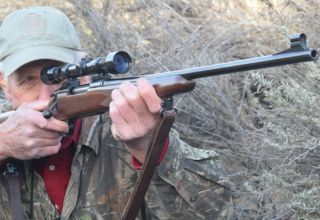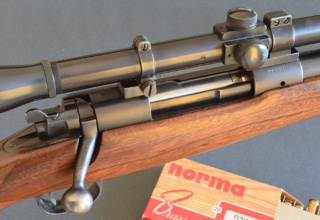Cold winters, a deadly sniper — Finland boasts both, plus top-shelf rifles. And ammunition!
by Wayne van Zwoll
Russia invaded Finland with 45,000 troops November 30, 1939. The Winter War would last just 105 days. Finland held strong against the fearsome Soviet bear at the Mannerheim Line on the Karelean Isthmus as temperatures down to -43 C (-45 F) tested troops on both sides.
Simo Hayha, a 33-year-old farmer, joined the Finnish Army and took up an M28 Moisin-Nagant infantry rifle. This iron-sighted bolt-action was chambered in 7.62×54, a cartridge dating to 1891. Russian soldiers used it, too. But none on record used it as ably as Simo Hayha.
Short of stature, the Finn was hardened to the outdoors, having spent many hours hunting in the forests around the hamlet of his birth, Kiiskenen. His acquired skills in reading terrain, keeping to cover, and accurately judging distance made him a deadly sniper. In white camouflage, he endured frigid hours bellied into winter landscapes, often under conifer bows, water sprinkled in front of the rifle’s muzzle so the blast wouldn’t give him away with a puff of snow. He knew when to change positions, escaping even as artillery targeted his positions. He shot dozens of Russians. As his tally continued to mount, they came to call him “the white death.”
On March 6, 1940, Simo Hayha was fighting in forests near Ulisma. An “explosive bullet” struck him in the face. He hung onto life in hospital during what would be the last week of the war. Armistice on March 13 didn’t end Simo’s pain; 26 surgeries later, it persisted.
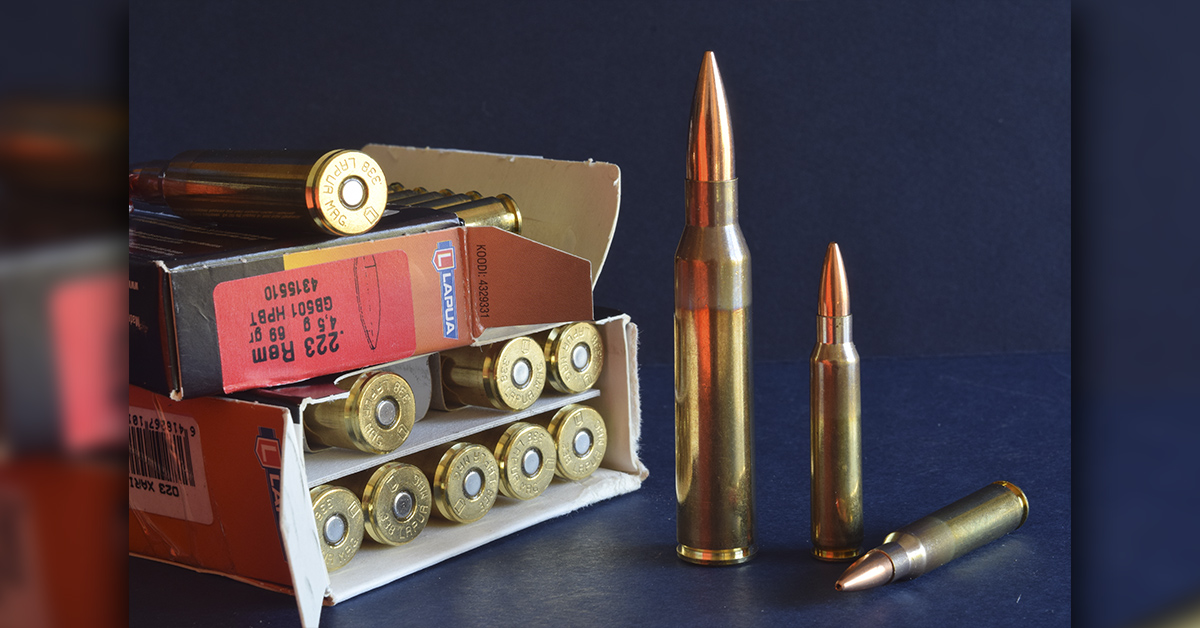
But Russia had paid dearly before taking this sniper off the front. In 98 days afield, his field skills and marksmanship, his endurance and love of country had yielded an astounding 505 confirmed kills, 25 of them in one day! He was hailed a hero. His mis-shapen jaw and difficulty speaking may have nudged him toward the rural, solitary life he chose after that war — and Hitler’s. He out-lived Nikita Khrushchev, the Cold War, the Vietnam War, Brezhnev, and a divided Germany. Arguably the world’s deadliest sniper, Simo Hayha died in 2002 at 96.
Incidentally, Simo and his fellow Finns used their limited stocks of ammunition carefully during the Winter War. Thirty years later, the Vietnam conflict yielded an imprecise count of 25,000 shots fired for every combat kill. At that rate, Simo Hayha would have had to trigger more than 13½ million rounds!
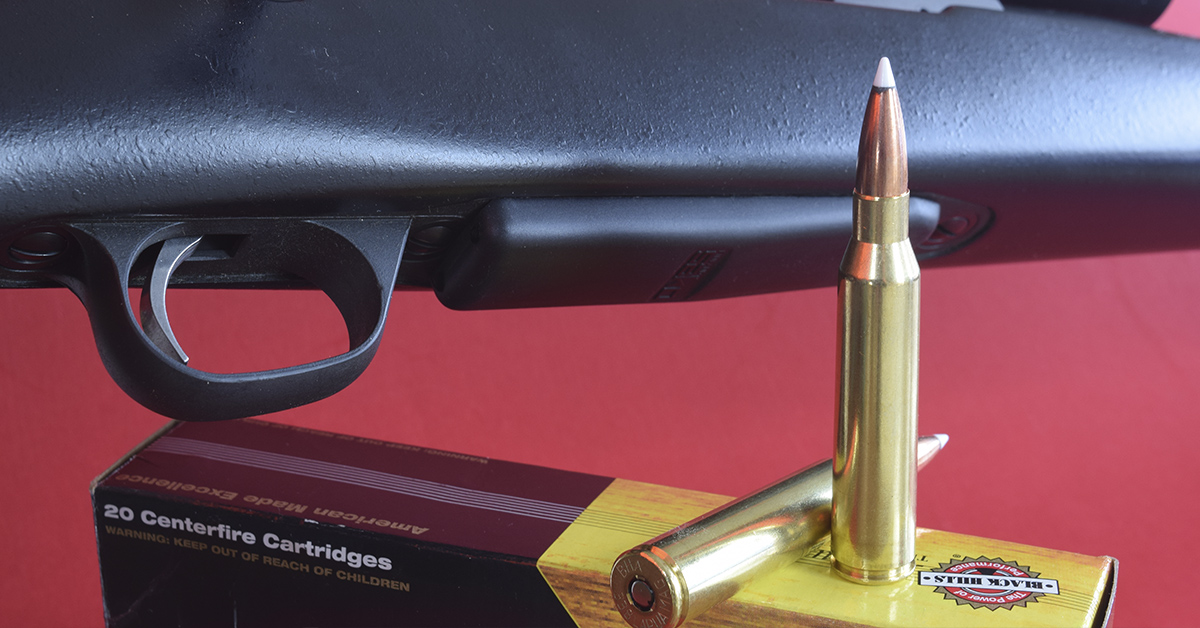
Finland became a republic in 1917, during World War I. To supply much-needed ammunition for its defense, a government factory (Valtion patruunatehdas) was built in the river town of Lapua. Finished in 1923, it was the birthplace of what we know as Lapua ammunition. This is its centennial year.
During World War II, payroll at the Lapua plant increased to 1,000. Throttling cartridge output in 1946, the factory pivoted to metal production. But the next year, it began loading rimfire ammunition, and in 1955 came back under Ministry of Defense control.
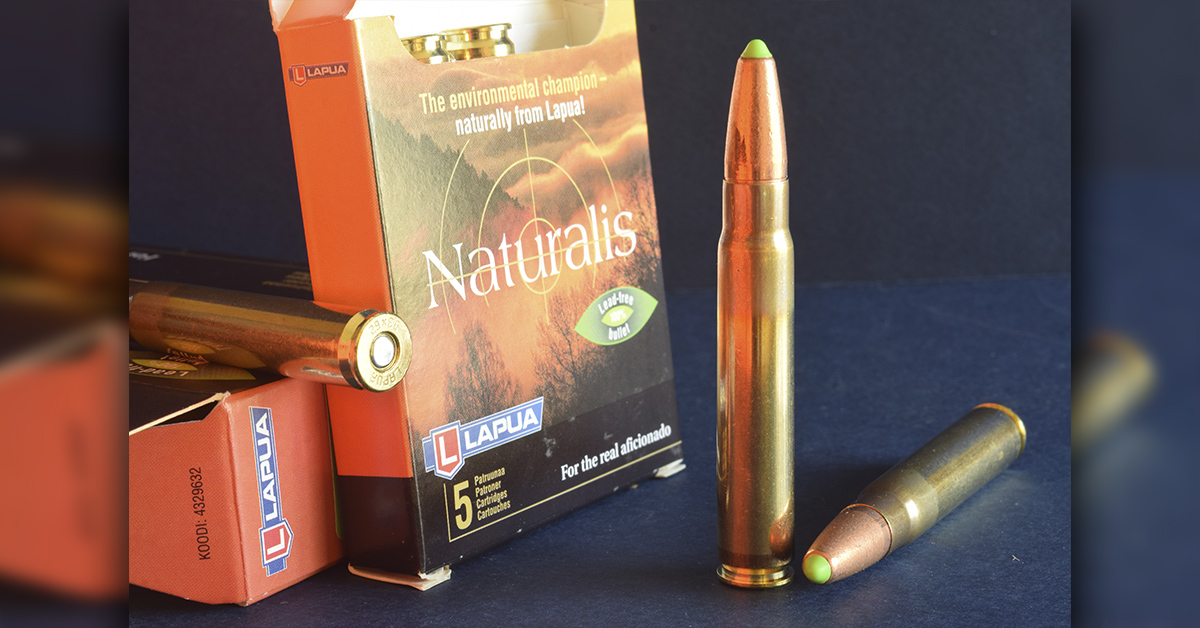
Tragedy visited on April 13, 1976, when a faulty loading machine sparked an explosion. It killed 40 people and injured many more. A new factory built outside the city opened its doors in 1984. Production focus shifted to international civilian markets. Lapua introduced its Scenar bullet at this time — one of many developments that would earn the company a stellar reputation among competitive shooters.
In 1989, the .338 Lapua Magnum got CIP approval (equivalent to a SAAMI blessing stateside). It gave the cartridge “market legs.” The .338 Lapua soon earned plaudits in long-range competition; and it drew interest from police and military units keen to tap it for long-range sniping. Three years later, Lapua bought the German ammunition plant SK Jagd-und Sportmunitions GmbH, to produce rimfire cartridges. The SK brand of .22 ammunition would result, with loads for hunting, plinking, and competitive shooting.
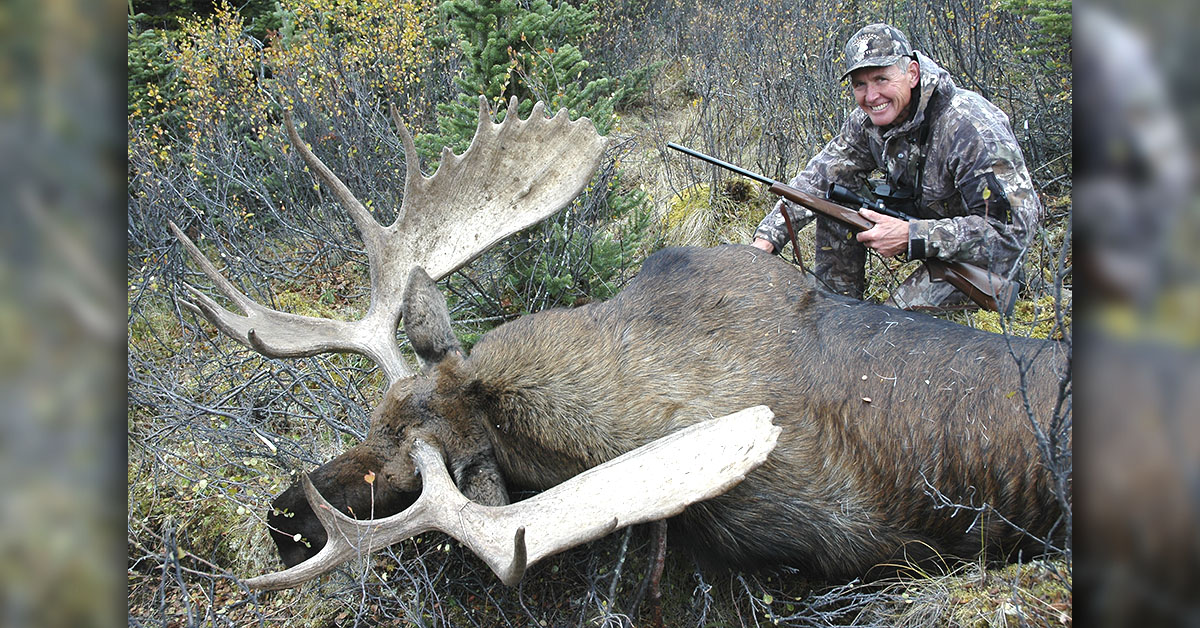
In 1988, Lapua became part of the international Nammo Group — a merger of Scandinavian ammunition interests. Founded by Patria (Finland), Celsius (Sweden), and Raufoss (Norway), it now boasts more than 2,700 employees on 28 production sites in 11 countries.
Recently, Lapua brought more resources to bear on hunting loads, resulting in the Naturalis lead-free expanding bullet in 2002. It joined the Scenar OTM (open-tip match) bullet and others that came to include D46, D166, and Lock Base target bullets, and mechanically bonded Mega softnose and Soft Point (.224 only) hunting bullets.
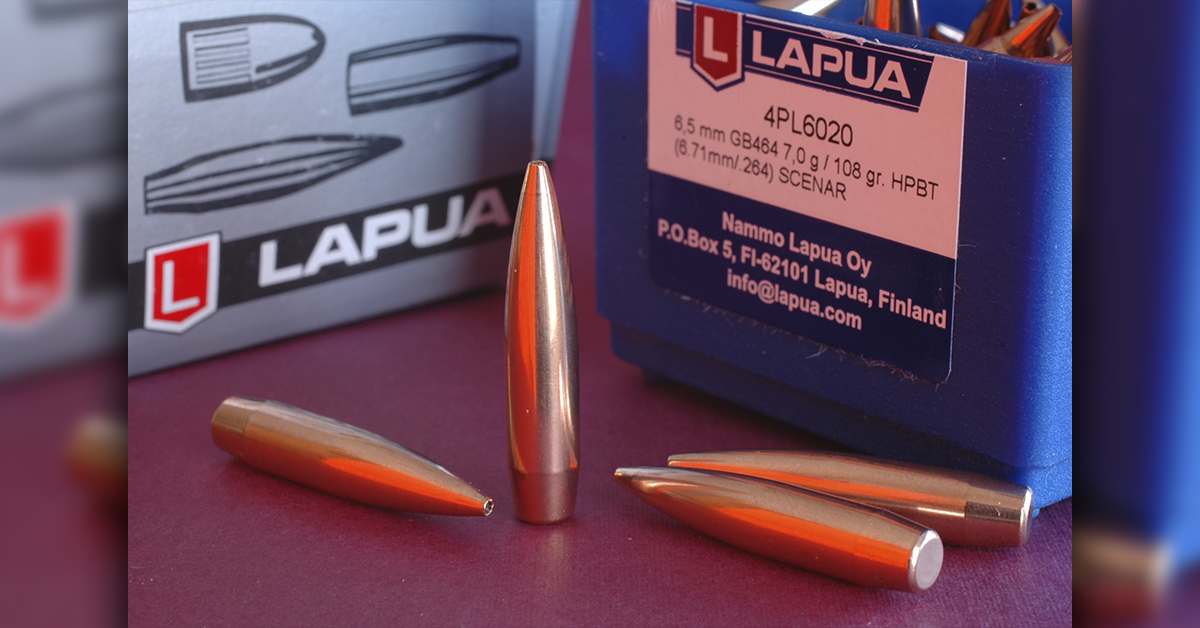
Lapua loads its bullets in 18 centerfire rifle cartridges, from .222 to 9.3×62 and .338 Lapua. The .243 and 6mm BR are both listed. The 6.5×47, .260 Remington, and 6.5 Creedmoor have joined Sweden’s popular 6.5×55. The .308, .30-06, and .300 Winchester are popular .30s. Lapua also makes the brass.
Roll your own? Benchrest shooters have long prized Lapua brass for its uniformity. It’s available in .220 Russian and 6mm BR, but now also for many popular hunting cartridges: the .22-250, .243, 6.5-284, .260, 6.5 Creedmoor, 6.5 PRC, 7mm-08, 7×64, .284, .30-06,.300 Winchester, .300 PRC, 8×57, and 9.3×62. Of course, the roster of 32 includes the .223, .308, and .338 Lapua, but also the 6.5 Grendel, 7×65, and 7.62×39, the .308 Palma (with small primer pocket), and the .300 and .338 Norma Magnums.
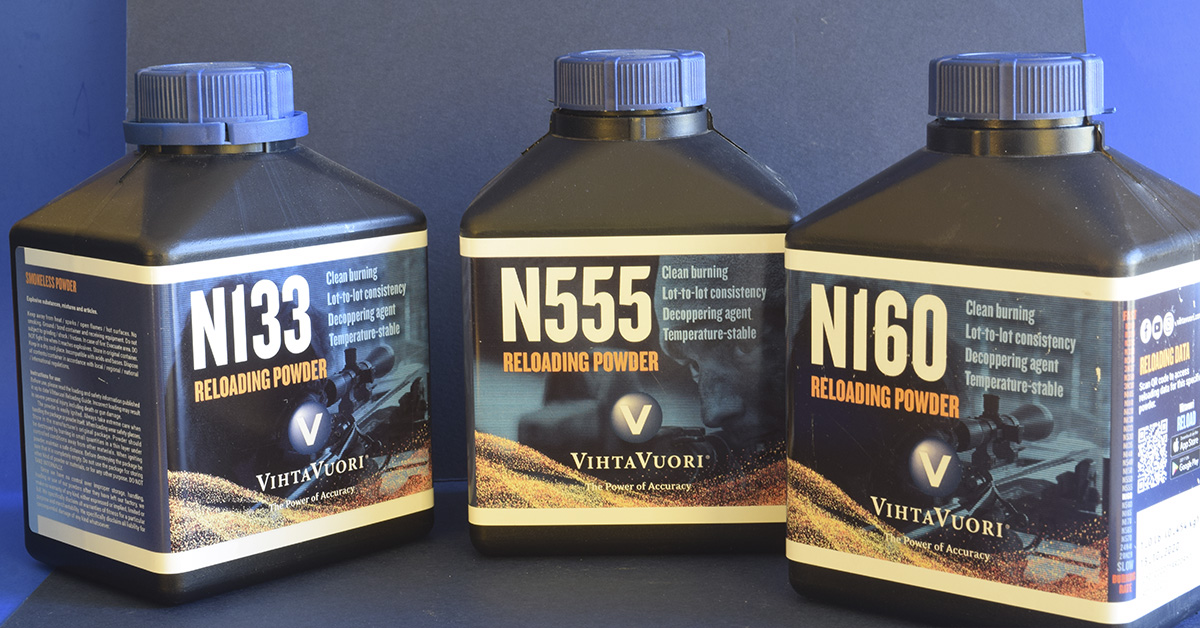
No rival matches Lapua’s range of competition-quality .22 rimfire cartridges, held to sub-sonic velocities for best accuracy. Six rifle loads, at 1,073 and 1,106 fps, include options specifically for Polar Biathlon and Long Range and Super Long Range shooting. Two pistol loads clock 919 and 935 fps. The company offers top shooters the option to match ammunition lots to their rifles in facilities stateside, and in Finland, Norway, and Germany. A barreled action is mounted on a machined bedding block in a return-to-battery fixture. The fixture even has its own foundation, apart from that of the factory, to eliminate as many variables as possible.
Does this fuss show differences in lots? Well, yes, if the rifle is accurate. I’ve tested individual lots of ammunition to get the most from my match rifles. They each then won state prone competitions.

A year before the first Lapua factory began operations, another company, prompted by the same national need, took root in the middle of Finland. Strategic location, a railway and the ready availability of clean water blessed the hamlet of Laukaa with what would become Vihtavuori. Gunpowder production started in 1926 under Managing Director Gustaf Hackzell. Nitroglycerin and shotshells were added to the schedule five years later.
By 1938, Hitler’s intentions were clear. Vihtavuori ramped up production, acquired stocks of raw materials and with trees, boards, and paint disguised the factory to protect it during air raids. At war’s end, its buildings mostly intact, Vihtavuori shifted focus from gunpowder to industrial chemicals. From 1,000 tons in 1946, gunpowder shipments fell to 17 tons in 1950. The Ministry of Defense ceded control of the factory to the Ministry of Trade. Explosives production centered on dyamite, shotshells, and primers, later anite. Varnish resin and other chemicals joined the list, and in 1971, Vihtavuori became part of Kemira Oy (“Oy” being the Finnish equivalent of LLC, Ltd. or GmbH). The oil crunch of the 1970s brought difficult times to Laukaa. But in 1982, Vihtavuori opened a new nitroglycerin facility.
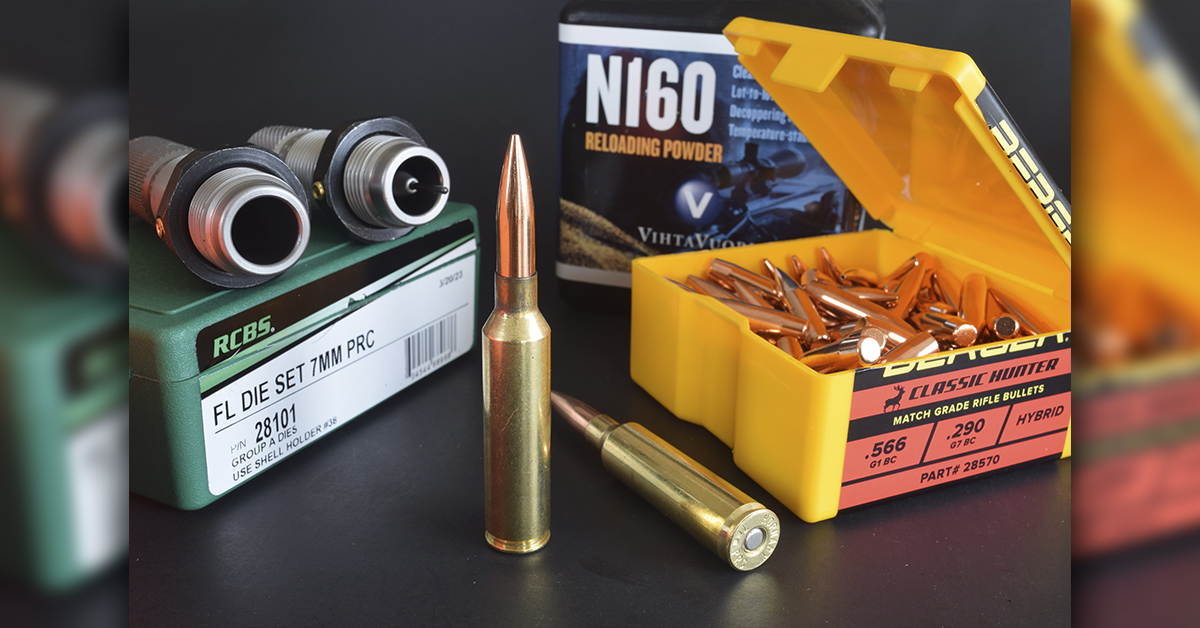
In 1997, the company became part of Patria Industries, later of Eurenko. In 2014, it joined Lapua in the Nammo family. Now located just outside Jyvaskyla, Vihtavuori is a member of the Association of European Manufacturers of Sporting Ammunition.
The growing roster of Vihtavuori powders includes one or more for just about any rifle cartridge on your loading bench. All are extruded. That is, the grains are perforated cylinders or flattened ribbons. The company does not currently produce spherical powders.
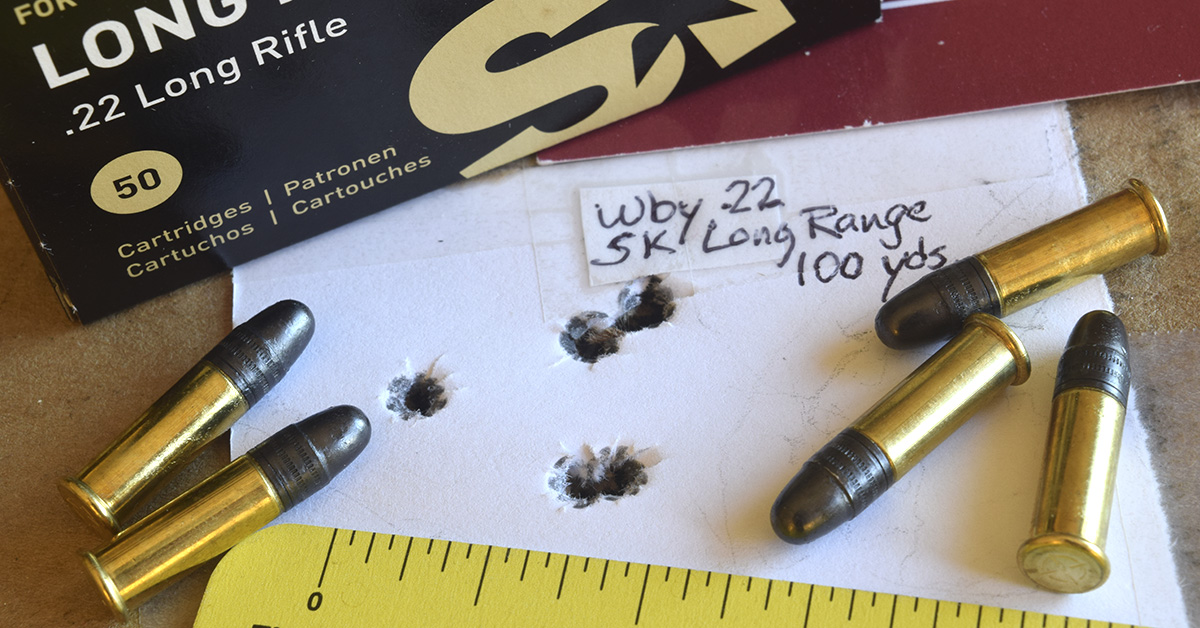
I’ve used Vihtavuori’s N133, N140, N160 and N555. They “burn clean,” leaving minimal carbon residue. A “decoppering agent” fights bullet jacket adhesion in the bore, so copper fouling is reduced, and what remains can be more easily cleaned out. Result: improved accuracy. Vihtavuori works to eliminate variation in grain size and structure, and chemical composition, within and between lots. Its propellants yield consistent bullet velocities over wide temperature ranges (they’re temperature-insensitive), so you get tighter groups in hot weather and more energy on cold days than with many traditional powders. The 10 N100-series powders — with 24N41 and 20N29 — are single-base (nitrocellulose) propellants for rifle cartridges, .22 Hornet to .50 BMG. Seven N300-series powders are for handgun loads. The N500-series comprises seven double-base or “high energy” powders (nitrocellulose plus nitroglycerine) that are particularly useful in frisky smallbore rifle rounds, like the .223 and popular medium-bore magnums, to the .338 Lapua.
Yes, Finns also make Sako and Tikka rifles. But that’s a tale for another time.



